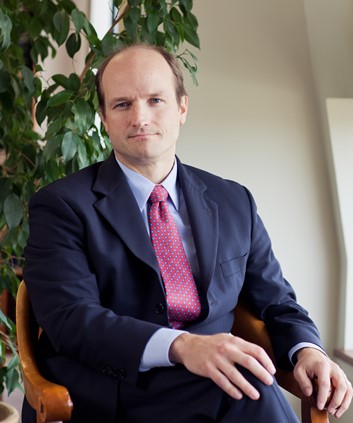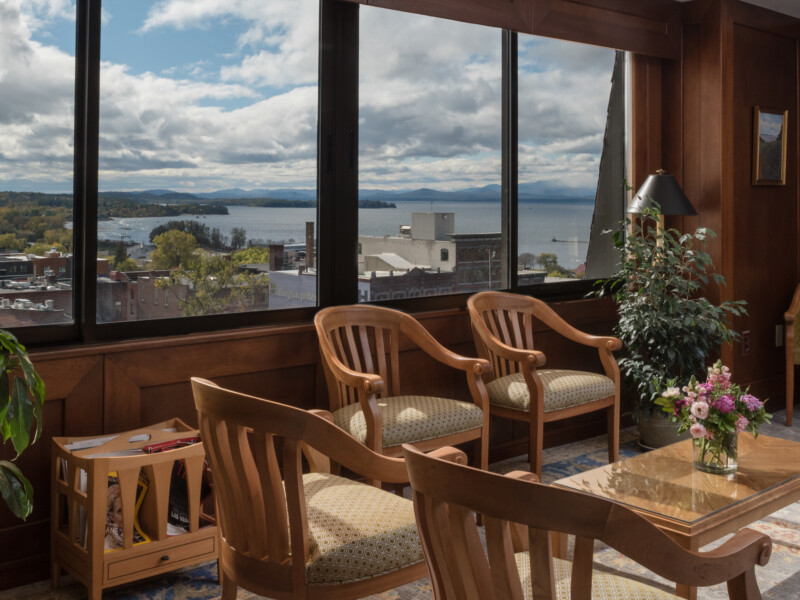
The Annual (Renewable Energy Vermont) REV Conference is usually an optimistic affair, but this year’s crowd was more somber as renewable energy developers and advocates try to navigate a changing regulatory environment in the state. Gravel & Shea Attorney Jeff Polubinski presented at the recent conference held October 13-14 in Burlington and attended by over 450 people from around the country.
Jeff, who has a background in environmental consulting prior to practicing law, helped attendees understand the challenges and potential opportunities of developing renewable projects on contaminated properties or “brownfields.” Under new net metering regulations, projects that produce between 150 and 500 kilowatts of energy must be sited on what have been termed “preferred sites.” These sites—generally landfills, gravel pits, or brownfields—often come with a lot of environmental baggage that can be off-putting to potential developers, who could find themselves responsible for costly or difficult cleanup.
Since Vermont doesn’t have many landfills and gravel pits are often too far off the grid, developing on brownfields may be the only option for many larger solar projects. The ideal, Jeff says, is to find a site that would fit within the state’s definition of “brownfield” but that doesn’t pose a risk to human health and the environment and thus doesn’t require cleanup. To determine whether a site is a brownfield, a potential landowner or lessee will generally do a Phase I Environmental Assessment, a research-based analysis that involves no direct sampling at the site.
Because many statutes hold a landowner or operator responsible for environmental harm regardless of that owner or operator’s actual culpability in creating the harm, taking steps to protect oneself from liability is particularly important. The Vermont Department of Environmental Conservation has recently begun extending a liability protection plan to certain long-term lessees. If a purchaser, “innocent landowner” or long-term lessee works with DEC to do any required cleanup activities, the Department will grant liability protection in perpetuity.
Uncertainty associated with these recent regulatory changes may slow down solar development in Vermont, but Jeff’s goal is to help developers understand how to make the best use of resources like federal grants and protect themselves against current or future liability. The big question for many is whether future renewable energy development on brownfields in Vermont is financially feasible. “There is certainly a premium construction cost,” says Jeff. “But there are ways to mitigate that cost through grants, intelligent planning, and strategic collaboration. There are ultimately a lot of benefits. Someone who has gone through the process and worked with the brownfields program can limit the uncertainty, delays, and liability usually associated with developing on a brownfield so it’s no different from developing on any other site.”



